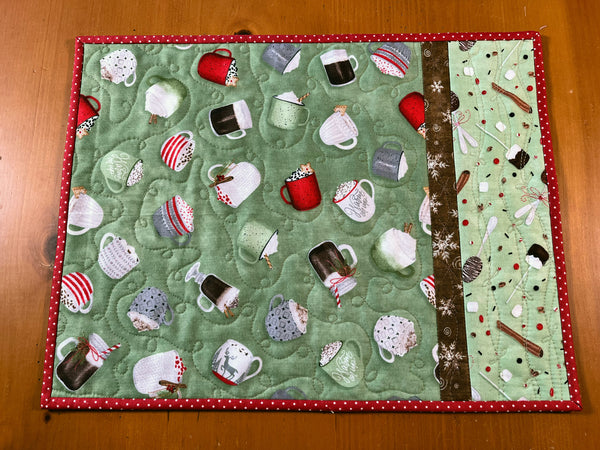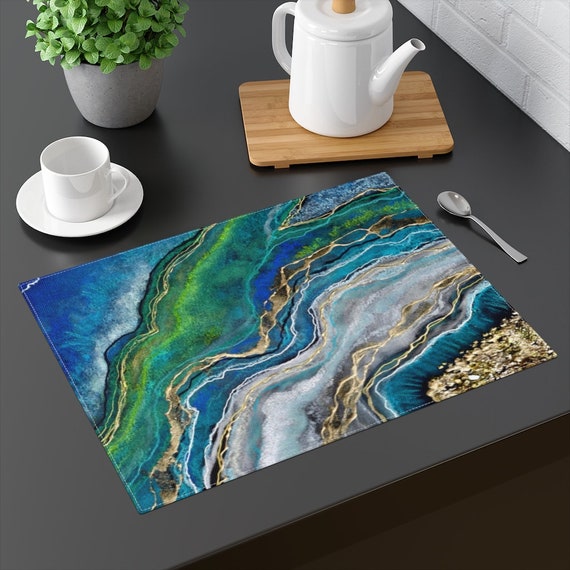The 9-Second Trick For Unique Art
The 9-Second Trick For Unique Art
Blog Article
Everything about Unique Art
Table of ContentsSome Known Factual Statements About Unique Art Unique Art Things To Know Before You BuyThe Main Principles Of Unique Art Some Of Unique ArtSome Of Unique Art
While one could discuss which art kind holds priority, the truth continues to be that each of these seven forms provides an one-of-a-kind home window into human history, society, and development. Unique Art. They are the tapestries that chronicle our journey, reminding us of our past while inspiring visions for the future
3 Emil DervishIn this entryway by Emil Dervish that beautiful cobalt blue door takes the show. To bring also extra drama, he extended the paint. to the doorframe and the wall up, ending up in a curved form (Unique Art). The contours, along with a spherical sconce, soften the edges. Structures classic posters and maps of cherished locations established the scene.
Things about Unique Art
8 TRIA GIOVANEqual parts grand and laidback, this foyer made by Anthony Baratta is the perfect blueprint to adhere to if you're decorating an official entry that still feels unfussy and comfy. Formed textiles take spotlight (see the rugs and the couch), however they also help bring the high ceilings down to a human scale when hung over wallpaper.
18 Heidi Caillier DesignA gallery wall surface doesn't need to take up the entire area. Sometimes a small one can make a bigger design statement. In this living area, Hiedi Caillier chose for micro-mini frames and a random make-up.
, the expression of ideas and feelings, with the development of particular aesthetic qualities, in a two-dimensional aesthetic language. The aspects of this languageits forms, lines, colours, tones, and texturesare made use of in various means to create experiences of quantity, space, activity, and light on a level surface area. These components are incorporated right into expressive patterns in order to stand for genuine or supernatural phenomena, to analyze a narrative style, or to create completely abstract aesthetic connections.
Later on the idea of the "fine musician" created in Asia and Renaissance Europe. Throughout the 19th century painters in Western societies started to lose their social position and protected patronage.
Some Known Details About Unique Art
Others made an income via exploring events of their job. The requirement to appeal to a marketplace had replaced the comparable (if less impersonal) needs of patronage, and its impact on the art itself was possibly similar. Usually, artists in the 20th century could get to a target market just through industrial galleries and public museums, although their work may have been periodically reproduced in art regulars.

Do not copy the design of various other artists if you're trying to discover your style. Duplicating various other individuals's art work can be great in instructional functions but it will not make you closer to finding your own unique style. Your imaginative design has to be, what you like and what influences you.
Some Of Unique Art
I would believe of your own style as a style you paint in naturally, when you allow go of all ideas and rules and just visit concentrate on click to read paint, not thinking of it. The design has to come normally to you when you are kicked back and you can not require it or it won't be your own design, just somebody else's.
You require to try great deals of different alternatives and explore every little thing before you can concentrate on one particular design or you'll be burnt out, or worse, you'll hate your own style. So I suggest you to try every topic that you want, discover as long as you can. Attempt various tools that excite you and brand-new techniques you have actually never tried prior to.
With time you'll be able to arrange all of them into your favored and least preferred groups. Try to focus your interest on the topics and tools that you like and prior to you see it coming you'll have your very own personal and special design, like nobody else have! So in the end you'll have a few preferred based on paint and maybe a couple of preferred mediums (Unique Art).
Unique Art - The Facts
The style has to create itself over time with a whole lot of method and special info experiments. Thank you for reviewing this post and if you have any kind of questions leave them in the remarks listed below, I would certainly enjoy to respond to these.
Report this page